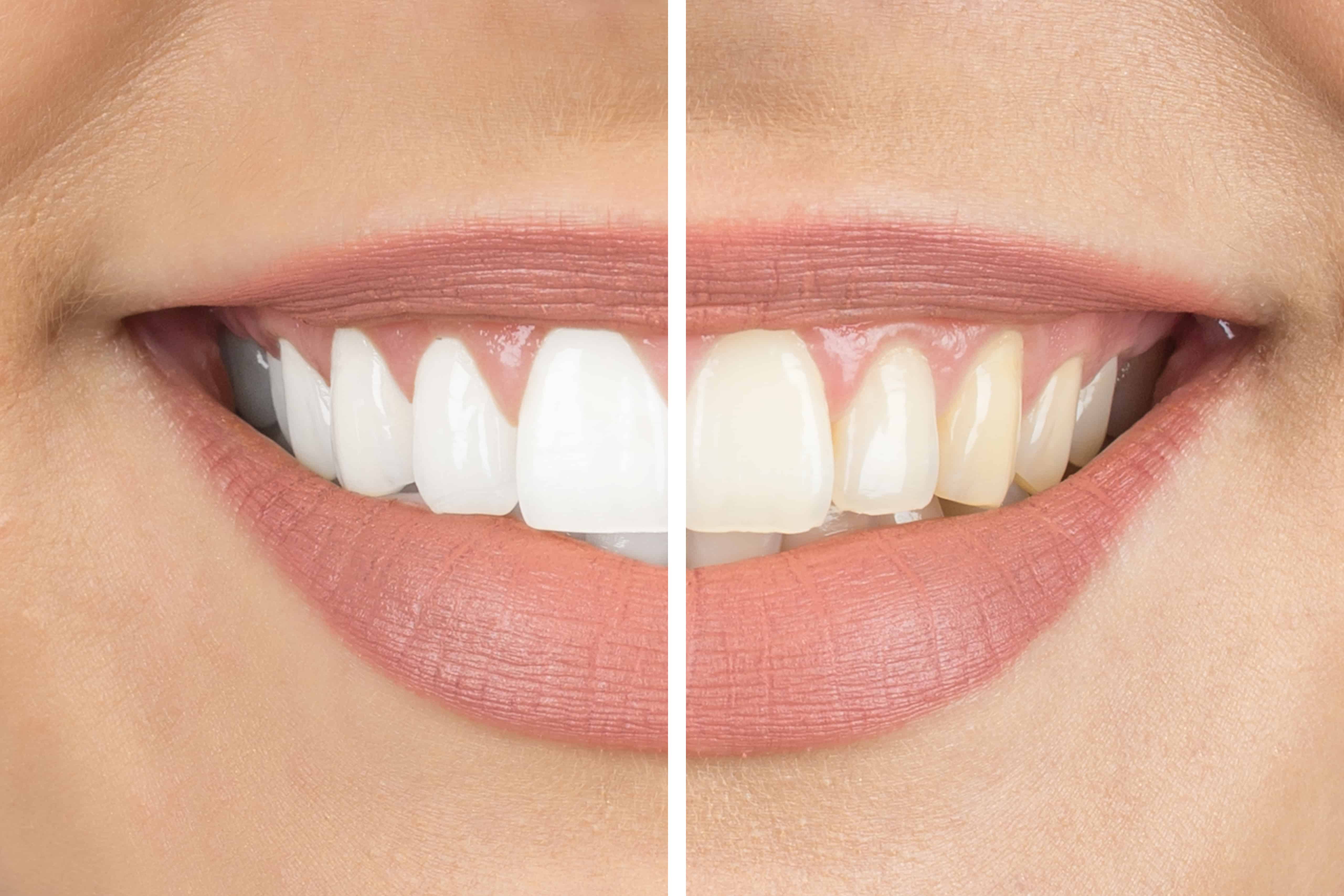Having discolored teeth is a common problem. But what you may not know is that there are two types of discoloration – extrinsic and intrinsic. Below we’ll look at these two types of discoloration, common causes for them, and teeth whitening.
Extrinsic
When there is extrinsic discoloration, it means that the tooth is darkened on the surface. Below are some of the reasons for extrinsic discoloration.
- Food & Drink – One of the most common reasons for discolored teeth are the things that we eat and drink. Beverages such as soda, red wine, and coffee all can stain your teeth when you’re consuming them regularly. Foods like soy sauce and berries also can stain your teeth.
- Smoking – Smoking’s another big reason that people have discolored teeth. However, when you use tobacco in any form also can contribute to it.
- Oral Hygiene – If you don’t take care of your teeth through the years, it can lead to your teeth becoming discolored.
Intrinsic
When discoloration is intrinsic, it means that the discoloration is inside the tooth. Below are the reasons for intrinsic discoloration.
- Drugs – There are certain types of prescription drugs such as tetracycline which can lead to tooth discoloration in children if they take it while their teeth are still forming.
- Dental Fluorosis – It’s essential for you to have fluoride to have good oral hygiene. But if you have too much, your teeth can have white lines on them.
- Trauma – When there’s trauma to a tooth, such as it being broken, not capped properly or chipped, it can become darker as time goes by.
No matter what caused your discolored teeth, we can help you with finding the right tooth whitening solution for you. Contact us today and let us tell you what we can offer you. We can help you get your beautiful smile back!

